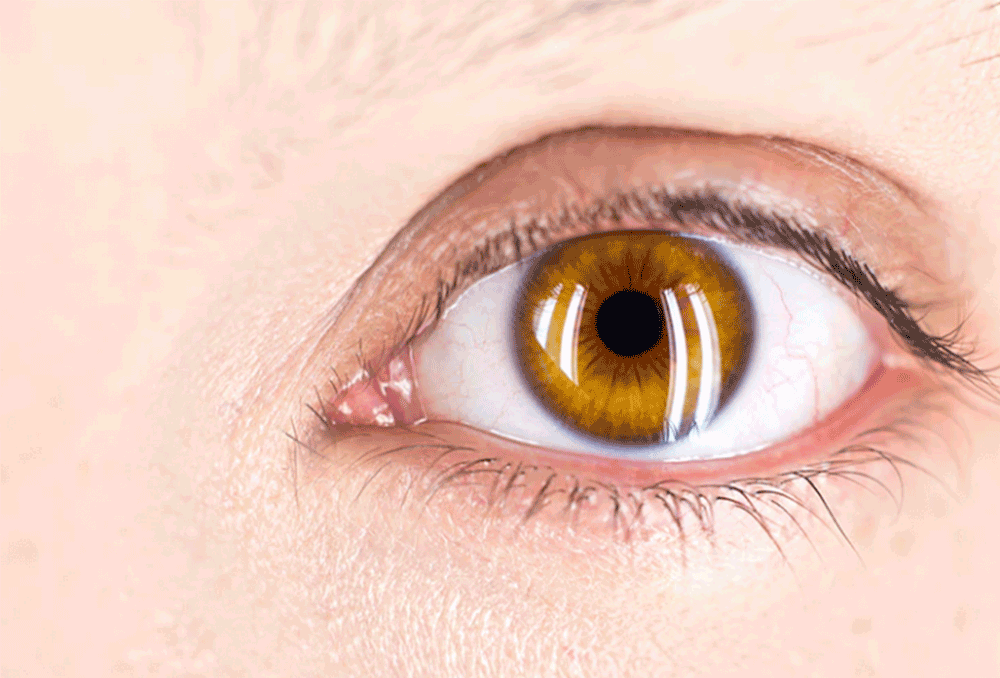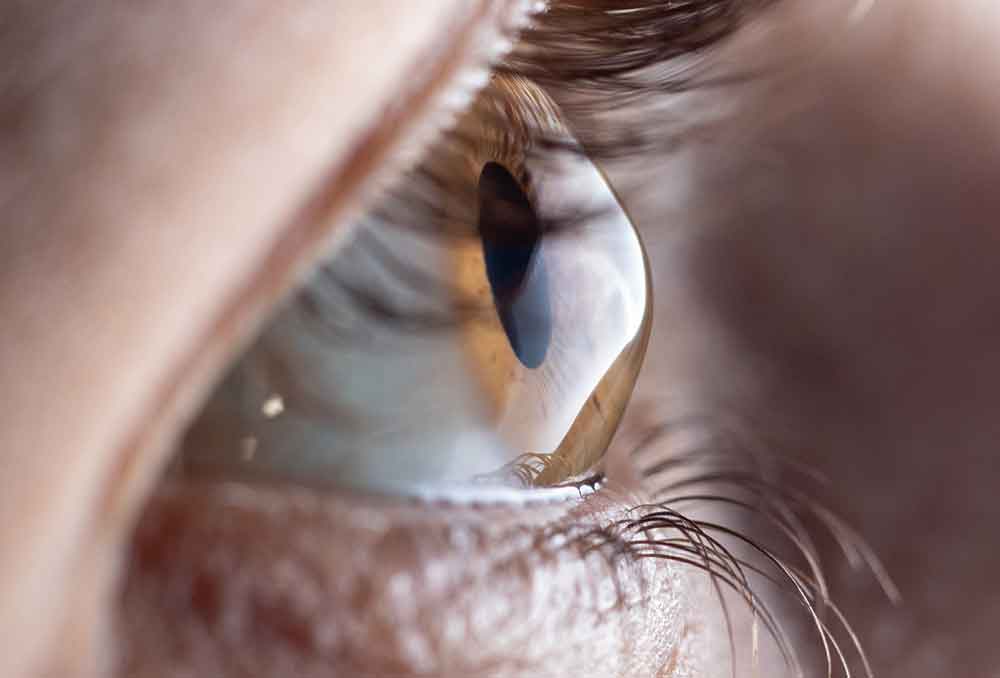Hyperopia is a refractive defect characterised by the focusing of images on a plane behind the retina. The result is that the image of objects closer to the eye is blurred.
In these cases the axial length of the eye is small or the cornea/crystal combination is unable to converge the light rays on the retina. However, distant objects remain in focus and patients with this defect, when younger, see very well in the distance without any correction. Hence the name hypermetropia (seeing well in the distance). With age and the consequent loss of the ability to accommodate, the first symptoms manifest themselves.
The prevalence of hyperopia is high in children although the vast majority become emmetropic (someone who can see well at any distance without any correction) by the age of 10 to 15 years due to growth and consequent increase in axial length.
It increases, however, with age, due to loss of accommodation of the lens.













